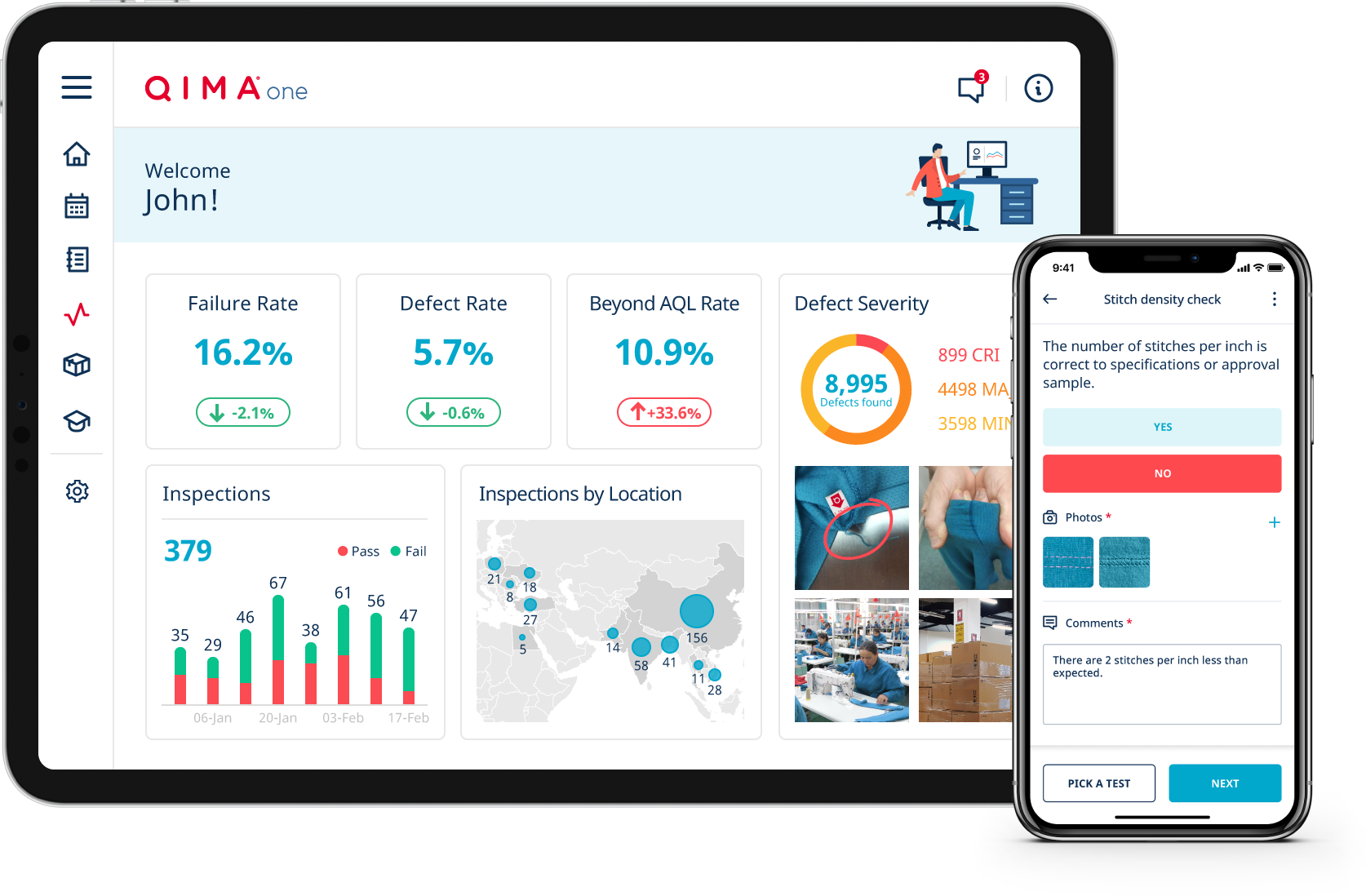
Image Source: Google
In the world of inspections, accuracy and speed are two crucial elements. Whether it is in the realm of construction, healthcare, manufacturing, or any other industry, inspections play a vital role in ensuring compliance, safety, and quality standards are met. Traditionally, inspections have been carried out using pen and paper, which can be time-consuming, error-prone, and inefficient. However, with the advent of mobile technology, the future of inspections is poised to undergo a significant transformation.
Mobile technology, in the form of smartphones and tablets, has revolutionized the way inspections are conducted. Inspectors can now use mobile devices to capture data, take photos, record videos, and input information in real time, all at the touch of a button. This not only enhances the accuracy of inspections by reducing the risk of human error but also speeds up the entire process, allowing inspectors to complete more inspections in less time.
One of the key advantages of using mobile technology for inspections is the ability to access and update information on the go. Inspectors no longer have to carry around bulky binders or stacks of paper forms; instead, they can access all the necessary documentation and checklists on their mobile devices. This not only eliminates the risk of losing or misplacing important paperwork but also ensures that inspectors have the most up-to-date information at their fingertips.
Furthermore, mobile technology allows for more accurate and detailed inspections through the use of features such as GPS tracking, timestamps, and digital signatures. Inspectors can easily track their location during an inspection, timestamp when specific tasks were completed, and obtain digital signatures from clients or stakeholders, all of which contribute to the overall accuracy and reliability of the inspection process.
Another benefit of mobile technology in inspections is the ability to integrate data collection with backend systems and cloud storage. Inspectors can seamlessly sync their inspection data with centralized databases, allowing for easy access, analysis, and reporting. This not only streamlines the inspection process but also provides valuable insights and trends that can be used to improve future inspections and decision-making.
Moreover, mobile technology enables inspections to be conducted in remote or hard-to-reach locations where traditional methods may not be feasible. Inspectors can use their mobile devices to capture data, photos, and videos even in areas with limited connectivity, and then sync the information once they are back online. This flexibility and accessibility make mobile technology a powerful tool for conducting inspections in a variety of settings and environments.
As the future of inspections continues to evolve, the role of mobile technology will only become more prominent. With advancements in artificial intelligence, machine learning, and augmented reality, inspectors will have access to even more powerful tools to enhance the accuracy and speed of inspections. For example, AI-powered algorithms can help identify patterns and anomalies in inspection data, flagging potential issues for further investigation. Similarly, augmented reality can provide inspectors with real-time overlays of schematics, diagrams, or instructions, making it easier to conduct inspections efficiently and effectively.
Overall, the future of inspections is bright with the integration of mobile technology. By leveraging the capabilities of smartphones, tablets, and other mobile devices, inspectors can enhance the accuracy and speed of inspections, ultimately improving compliance, safety, and quality standards across industries. As more organizations make the shift towards digital inspections, the benefits of mobile technology will become increasingly apparent, paving the way for a more efficient and effective inspection process in the years to come.